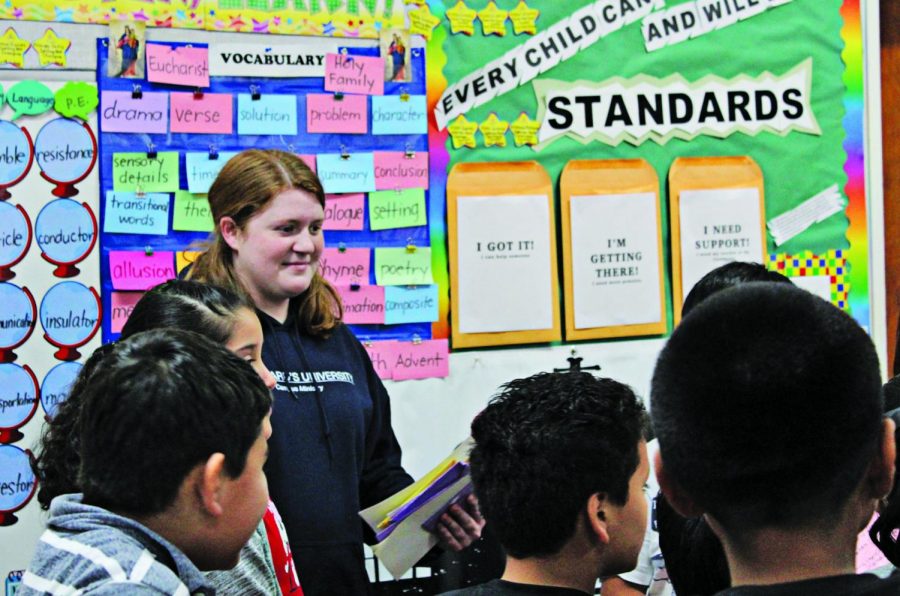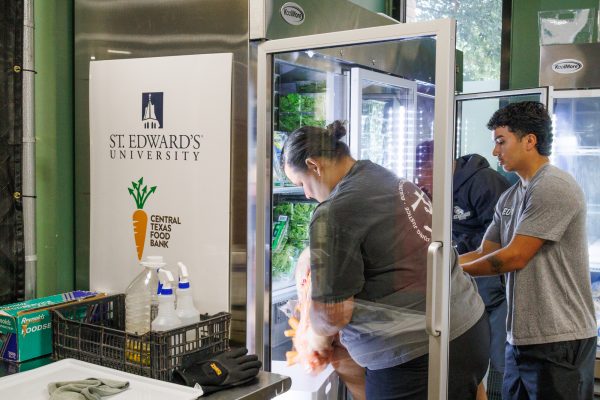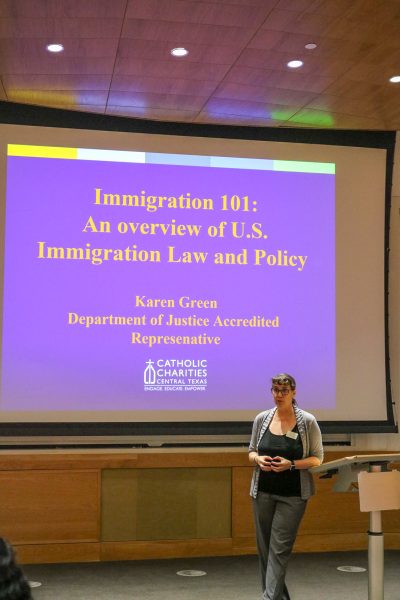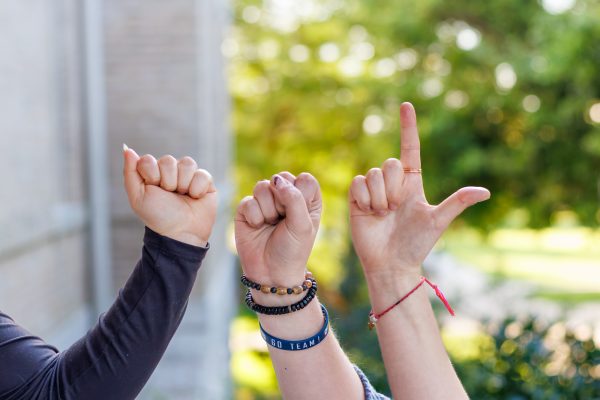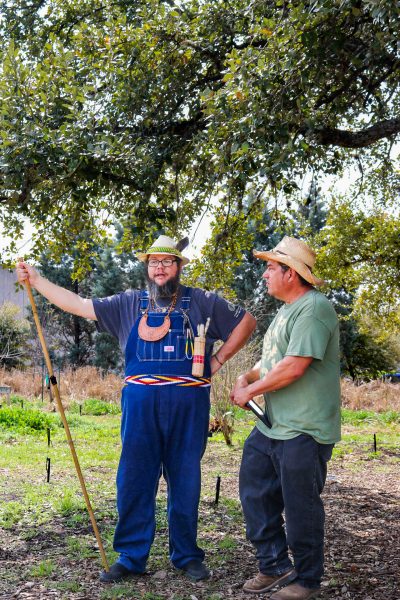Spring Break Experience participants return following week of service
Student leaders, volunteers recount lessons learned serving communities
Katalina Rubio / Hilltop Views
The group of SBE volunteers that went to Los Angeles, including sophomore Izzy Plant (above), aided elementary school teachers. The participants were encouraged to immerse themselves completely in their assigned locations.
While students everywhere enjoyed the welcomed relaxation spring break had to offer, a select group of St. Edward’s students decided to spend that time serving communities around the country.
Every year, Campus Ministry receives an influx of applicants for the Spring Break Experience (SBE) program. This program encourages St. Edward’s students to fully immerse themselves in the community they are placed in, keeping in mind the four pillars of Campus Ministry: building community, doing justice, living simply and engaging spiritually.
This year 124 students were accepted into the program and split into 10 groups, each going to one of the following sites: Border Experience, Building Bridges, Enchanting Education, Entertaining Angels, Gulf Coast Recovery, Homelessness & Hospitality, Mile High Poverty, Si Se Puede, Sweet Home Alabama and Urban Immersion.
Jonaton Salinas, a senior at St. Edward’s, led a group of 12 students to Alabama where they worked with Habitats for Humanity, a non-profit organization that helps build homes for communities.
This was his third year participating in this program and his first year as a leader. Salinas has found this to be a rewarding program that he recommends all students should look into and apply, especially incoming freshmen.
“I want them to get a footing here at St. Edwards. [SBE] helped me get into the community at St. Edward’s,” Salinas said.
Preparing students for their trips is a long process that begins each September.
SBE leaders promote the program as soon as school starts. Applications are due at the end of September. Applicants are then asked to come in for an interview where they are asked what they know about the four pillars.
Participants are chosen in October and are required to attend the following events hosted by Campus Ministry: an opening ceremony, Day of Service, an SBE Gathering, commissioning and a reunion.
In the Spring, once the students are split into groups and have met their leaders, the preparation process really picks up.
“We have weekly meetings going over the four pillars more in depth. We reflect on why we’re doing this what will be expected,” Salinas said.
SBE leaders refrain from telling the students specifics of the community they will be serving since the objective of this program is for the students to fully immerse themselves at their site. Participants aren’t allowed to bring their cellphones or other technology.
Students are expected to learn about and reflect on the social justice and community issues that they encounter at their sites and share what they experienced in April.
Leaders work with staff/faculty advisors to plan the logistics of their group’s activities. They have come to see the program as a valuable experience that pushes students to fulfill our mission of faith and action and education of the mind and the heart said Rachel Leader, a leader that will be taking a group of students to South Africa in the summer as part of the International Immersion Experience, a program similar to SBE.
Students have unique experiences during SBE; no two sites are the same. Salinas described an encounter with a WWII veteran in San Francisco as one of the most impactful experiences he’s had while participating in SBE. He hopes that other students find value in this opportunity and embrace what they learn while immersed in these communities.
“It’s one of the things I want to bring into my own group; create these memories, create these stories so then you can later tell others,” Salinas said.


